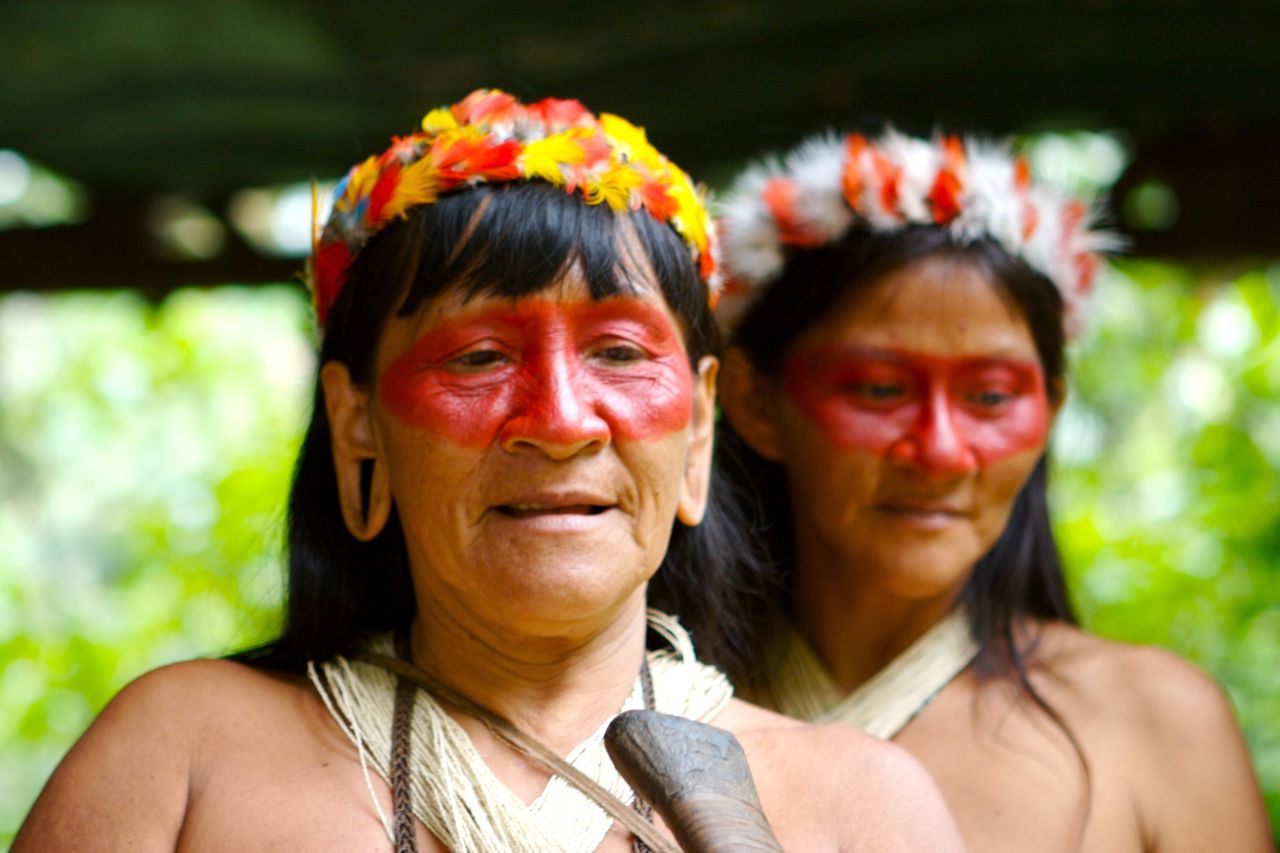
70% of Mexico’s population have been discriminated against. According to the National Council for Preventing Discrimination, this problem most often affects the Indians and dark-skinned people. However, almost one-third of the victims are white and well-off. Discrimination is thus not the domain of the rich – it is practised by everyone who feels superior to others.
White and wealthy
“Structural discrimination is a set of practices where rights and access to health care, education and justice are limited for the Afromexicans, indigenous groups and people with darker skin. As a result, inequalities and privileges are based on a system where a minority dominates the majority”, warns Tania Ramírez Hernández, deputy director for cultural and educational links at the National Council for the Prevention of Discrimination (Conapred). “The non-discriminated people achieve the most wealth and success, they have all the services and rights at their fingertips. In our country, eight people have as much money as half of the population. What is characteristic is that these people are white and do not come from indigenous or African groups”, she adds.
Ramírez Hernández stresses that according to the 2017 data of the National Council for Social Development Policy Assessment, only one-fifth of the Mexican population is not poor and has sufficient access to education, healthcare, food, social security and housing.
According to Federico Navarrete Linares, who holds a PhD in philosophy from UNAM University, it is difficult to say who is not discriminated against.
“This is very subjective, because it depends on people and education. White residents may also feel discriminated against if they are accused of not being Mexican enough or when they are called foreigners”, he says.
Do not speak Spanish
The biggest problem of discrimination in Mexico is faced by women of Indian origin who live in villages and small towns.
“People often frown upon me because I wear traditional clothes and have a dark skin colour. They don’t know what to expect from me”, says Catalina Sánchez, an Indian woman from Chiapas. 76% of the people from this state are reported to live in poverty. “Many people also treat our men badly because most of them have no education or money”, she adds.
Indians who emigrate from their towns to big cities in search for a better living, often have problems accessing healthcare and finding work. Sometimes they are employed to do low-paid jobs.
Verónica Lorenzo, an Indian woman who produces and sells handicraft, emigrated from her small town of Jamiltepec to the town of Oaxaca. According to her, the biggest problem for the Indians is their lack of knowledge of Spanish.
“When I came to the city, many doors were closed for me”, she recalls. ”I learned Spanish as it was necessary to take a step forward. It is hard. People give us unfair treatment. If you don’t know Spanish in the city, they will use it against you”, adds Verónica.
Skin colour is the determinator
“Racism in Mexico has a long history because Mexican society for centuries has differentiated people on the basis of their background”, says Juan González, a historian. “When the Spanish invaded Mexico, they had the power, money and position. Since then, the white people have been favoured. This stereotype is still alive. In Mexican soap operas, it is typical to cast the light-skinned actors in the roles of the beautiful and rich”, he ends.
The report of the National Institute of Statistics and Geography asserts that this is a dangerous practice. “Skin colour allows to measure the differences in access to opportunities for people. It can also perpetuate the social barriers that determine their ability to achieve a better living standard and well-being”, it says.
On the other hand, the researchers from the Faculty of Social Sciences of Latin America (Fasco) believe that Mexicans assign positive characteristics to people with a European appearance. That, in turn, gives white individuals a privileged position and associates negative attributes to dark-skinned people which leads to racist practices. However, racism in Mexico is mixed with the concept of social class. White people are better educated, have better jobs, earn more and are less discriminated against. They also like their skin colour. However, the situation changes when indigenous people achieve financial success.
“A person of colour who has money is not discriminated”, stresses Federico Navarrete Linares.
The author of the photo is Roman Shiyanov.























